There polyconic vase olive tree pruning it is a technique widely used in the Italian olive growing scene. It is a form of olive farming studied in the 1930s by Roventini in Tuscany and by Todini in Umbria. Among the many, it is the one that best lends itself to the natural needs of the olive tree in terms of light and air, favoring the posture (upright, expanded, pendulous or semi-pendulous) and the vigor of the cultivar (low, medium, high). At the same time, it meets the needs of the olive grower, that is to produce in large quantities and high quality, reduce production costs and facilitate olive harvesting operations and pruning from the ground.
So let’s see what are the peculiarities of this form of farming and the advantages of the relative pruning technique.
General techniques for olive tree pruning ►
The polyconic vase training form
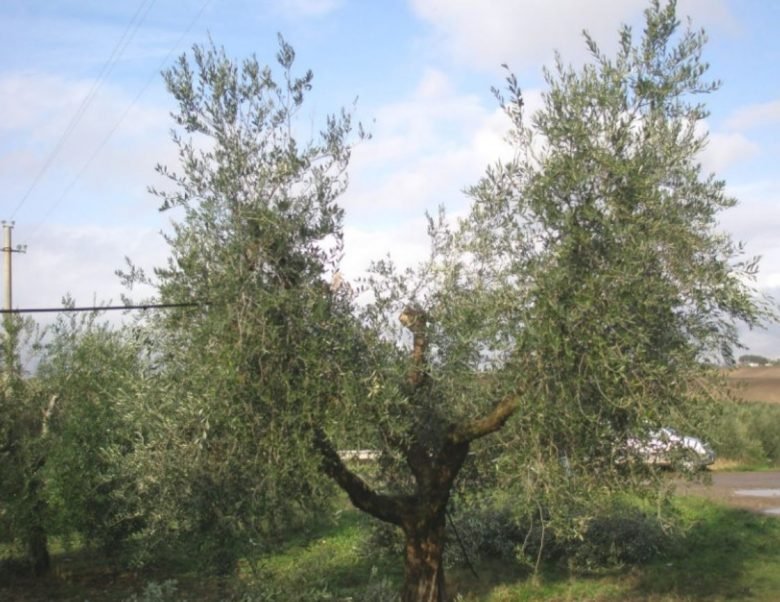
The polyconic vase shape of the olive tree consists of a skeletal structure with 3 or 4 branches starting from a short trunk (from 50 cm to 1 m) for shakers on tractors. Alternatively, it may not include the trunk, if harvesting is done with hand harvesters.
The primary branches are inclined from 30 to 45 degrees outwards, with an ever smaller diameter towards the height, limiting the flow of sap towards the tops, thus enhancing secondary lateral branches at the bottom, considered braking, whose length decreases from the bottom upward.
The inclination serves to avoid, especially with the climate of the southern regions, that the bark is desiccated, also due to the excessive compulsive sucking of the ventral part, exposing the tissues to risks from burns caused by excessive insolation.
The secondary branches are orthogonal, at 90 degrees, therefore they start downwards with respect to the primary ones, with a diameter never greater than half. They go to occupy their own space, without ever overlapping others or dubbing on the same level. The result is a cone shape, open inside.
When the polyconic vase is recommended
The use of the polyconic vase training form is desirable for new plants, obviously thinking about soil type and exposure, cultivar and planting layout. The polyconic transformation of the traditional vase and the dichotomous one, in search of the aforementioned advantages, is not always possible in a single pruning, a gradual intervention is often required in respect of the vegetative balance and is not recommended for secular or monumental trees , which have always grown up with the technique of replacing, raising branches with multi-year pruning, which start from already high trunks.
Goals of pruning
The pruning of the olive tree is carried out to stimulate the vegetative growth of the plant. It can be training, for young plants, or production, for the renewal of productive branches.
The main purpose is the creation of a stable and long-lasting architecture of the plant. It also allows to obtain production yields as constant as possible over time, with a reduction in the physiological alternation of production.
To obtain abundant and constant harvests, with a rational pruning technique we intend to renew the fruiting surface by thinning the branches, to prevent aging of the foliage. Remembering, however, that the olive tree bears fruit on the branches of the previous year, and on these for a maximum of another 2 years, according to the cultivars.
When pruning an adult plant (production pruning) it is important to start from the apical part and finish the intervention at the base of the main branch. The thinning of the aerial part of the crown is practiced, in order to improve the penetration of light and air, to preserve the plant from diseases and parasitic attacks and to stimulate the growth of new buds.
Polyconic vase pruning of the olive tree
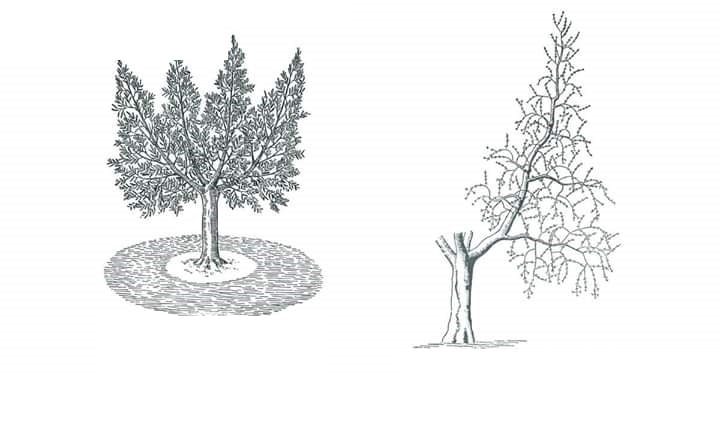
In the polyconic vase pruning of the olive tree, we start from the choice of the top (apical tip or apex), placed on the main branch. The tip, also called arrow or tip, presides over the so-called apical dominance, that is, the hormonal control exercised by the apex on the development of the lateral branches and adventitious buds.
It should be remembered that this dominance can be total or partial, depending on the type of cultivar.
The growth potential depends on several factors: genetic, pedological (soil), on the way the plant is managed, on the age of the olive grove (young or old) and finally on the possibility or not of irrigating the crop and also of resorting to practice of fertigation.
Pruning time
The polyconic vase olive tree pruning should be performed at the end of winter, possibly after the end of the frosts and no later than the moment of full flowering, because in this way tissues would be removed towards which nutritional elements and carbohydrate reserves have already been mobilized, with the loss of valuable resources.
Performing it when the buds hatch allows even the inexperienced olive grower to distinguish flower buds from wood buds with the naked eye. A late pruning does not damage the plant, but it considerably reduces its vegetative response and the annual growth of the branches. In the polyconic vase the vegetative pruning, summer or green, concerns only suckers or suckers, when the plant is in a phase of relative calm due to the high temperatures, especially in the south, before they become wooden.
How to mitigate the alternation of production with pruning
We know that the olive tree cultivation it is subject to production alternation, with years of olive charge and others of discharge. With polyconic vase pruning we try to mitigate this phenomenon.
In the years of strong load, the growth of the branches is reduced, which is why, in the year following the charge (winter or spring of the following year) you should prune little, only suckers and suckers.
In the spring following a busy year, pruning must be less intense in order to preferentially eliminate the suckers and suckers and operate only a mild thinning of the fruiting branches.
In the spring following a year of discharge, however, pruning must be more intense, in order to reduce the number of new branches and the production potential. This is the opposite of the action of most producers, who therefore facilitate the alternation, which, let us remember, is due to the fact that one year the plant accumulates what it will then give the following year. Of course it depends on the number of plants, the setting, the cultivation practices and the availability of skilled labor.
Intensity
The pruning of olive trees should not be done every year. The essential intervention is to curb the tendency of the vegetation upwards, decreasing the “draft” towards the top of the tops, and therefore it is necessary to adjust, determine the intensity of the pruning, to maintain the balance between vegetative activity and reproductive, contain the size of the crown, shorten the primary branches, remove the exhausted and dry secondary branches, renew the fruiting branches. Pruning should therefore be scheduled with biennial shifts, maximum 3 years and no more than 4.
In this sense it can be:
- light: every year, with the removal of a maximum of 15%, for the renewal of fruiting twigs;
- moderate: with 20%, intervening mostly on secondary branches and return cuts on the tops;
- intense: with a 50% or more, where intervention is carried out on the structure, the so-called reform pruning proper.
Topping operations
The topping of the lateral branches, a practice little used as it is expensive (“wasted time”), stimulates the emergence of new branches, and is fundamental in polyconic vase pruning. While on the apical foliage, it reduces and balances the vigor of the main branches and of the dichotomies, if that is still the form used. If the growth of the branches is between 20 and 60 cm, it means that the intensity of pruning has been adequate, if it is below 15 cm it has been inadequate. But beware, this again depends on the general condition of the plant, on its age, if it is healthy or not, on the type of cultivar, on the position and on the soil treatments. Another better known indicator is the quantity of suckers or even suckers.
Conclusions
Pruning techniques, such as the polyconic pot (pushed or simplified), allow, within a rational management, to implement optimal strategies in terms of time and costs: prune as little as possible, only the plants that need them, reduce frequency and intensity, also use fertilization and irrigation to stimulate growth and fruiting.
Article by: Geom. Oreste Cozza
e-mail: [email protected]
Consultancy rational management of the olive grove, pruning and harvesting


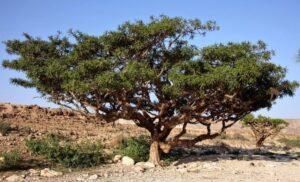
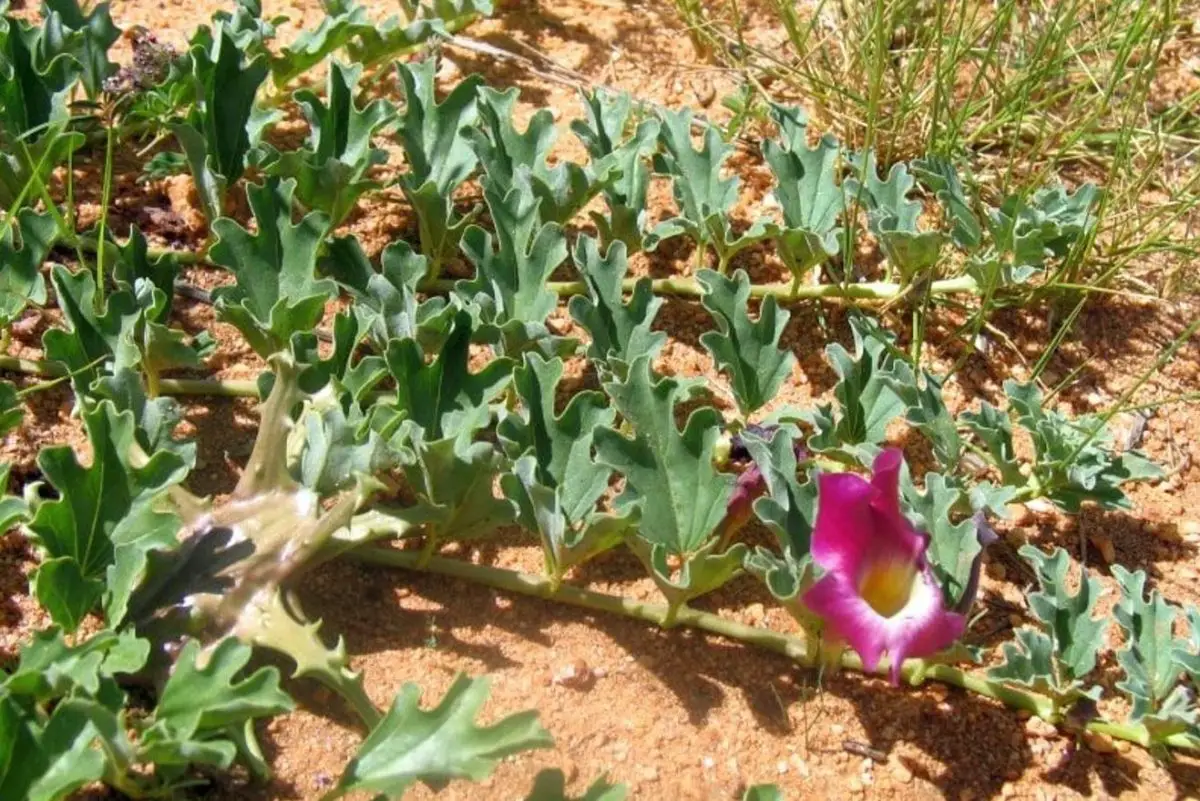
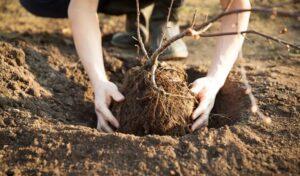
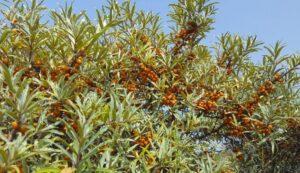
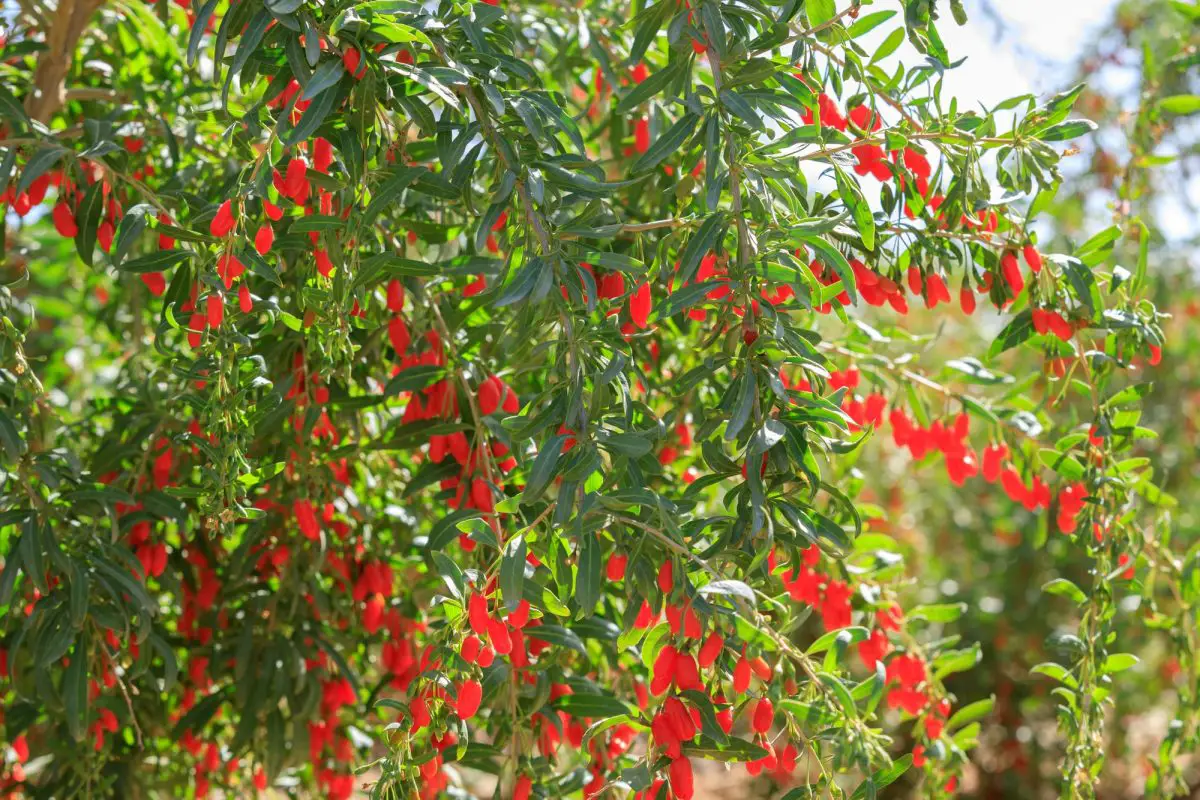
Start a new Thread